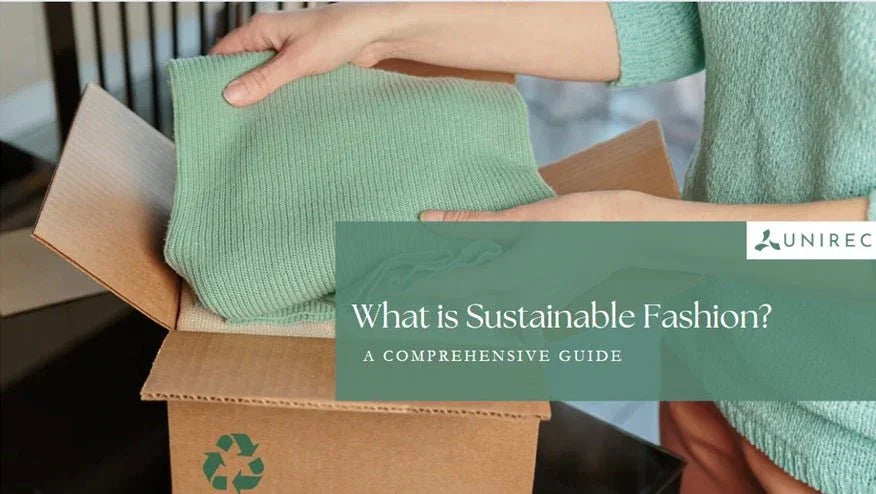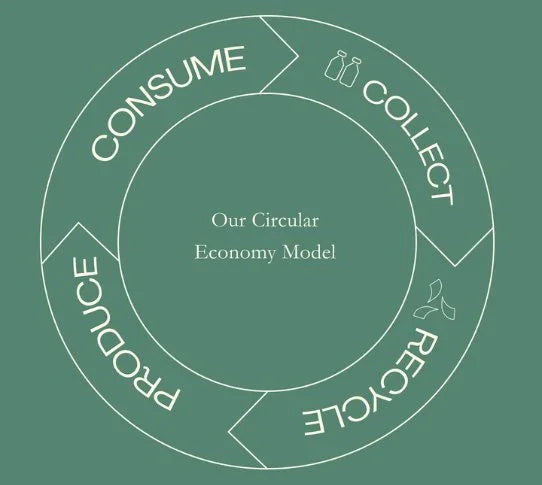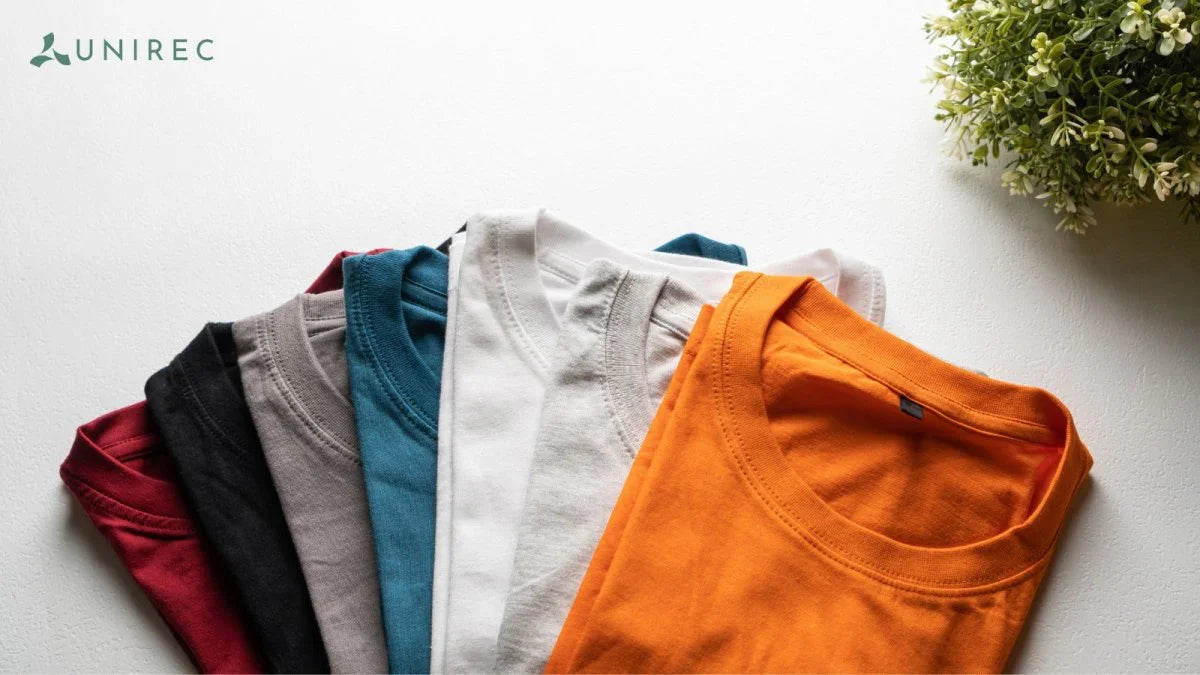What is Sustainable Fashion? A Comprehensive Guide

In today's rapidly evolving fashion landscape, sustainable fashion has become a vital response to the environmental and ethical challenges posed by the traditional fashion industry. This guide covers the core principles, benefits, and practical steps for adopting sustainable fashion and why this shift is crucial for both consumers and the industry.
Understanding Sustainable Fashion
Sustainable fashion represents a holistic approach to clothing that considers the entire lifecycle of a garment. From sourcing raw materials to production, distribution, and disposal, sustainable clothing focuses on minimising environmental impact and promoting ethical fashion practices. Unlike fast fashion, which prioritises low-cost, high-speed production, sustainable fashion emphasises long-term sustainability, quality, and eco-friendly clothing practices.
Core Principles of Sustainable Fashion
- Eco-Friendly Materials: At the heart of sustainable fashion is the use of eco-friendly materials such as organic cotton, bamboo, and recycled clothing. These materials are chosen for their low environmental impact, contributing to a broader movement towards green fashion.
- Ethical Manufacturing: Sustainable fashion brands are deeply committed to ethical manufacturing processes, which ensure fair wages, safe working conditions, and respect for workers' rights. This ethical fashion approach stands in stark contrast to the often exploitative practices associated with fast fashion.
- Longevity and Quality: A cornerstone of sustainable fashion is the focus on quality over quantity. By producing durable, well-crafted garments, sustainable brands reduce the need for frequent replacements, thus lowering overall consumption and waste. This approach aligns closely with the principles of slow fashion.
- Recycling and Upcycling: The integration of recycled fashion and upcycled materials is another significant aspect of sustainable fashion. By reusing existing textiles, brands create new products without consuming additional resources, furthering the goals of fashion & sustainability.
Choosing sustainable fashion over fast fashion offers numerous benefits:
- Environmental Impact: Sustainable clothing and eco-friendly clothing brands help to reduce pollution, conserve water, and minimise waste, making them a responsible choice for environmentally conscious consumers who value green fashion.
- Ethical Consumerism: Supporting sustainable fashion brands that prioritise ethical fashion practices empowers workers and promotes social justice, ensuring that your fashion choices reflect your values.
- Personal Health: Garments made from natural and eco-friendly materials reduce exposure to harmful chemicals commonly found in synthetic fabrics, contributing to better health and well-being.
- Financial Savings: While sustainable garments may come with a higher initial cost, their durability and longevity often lead to cost savings over time, making them an option for those seeking affordable sustainable clothing.
Transitioning to an eco-friendly wardrobe is a rewarding process that doesn't have to be overwhelming. Here's how you can start:
- Start Small: Begin by incorporating a few key pieces from sustainable fashion brands into your wardrobe. Unirec offers a wide range of eco-friendly clothing options, making it easier to transition to sustainable clothing.
- Prioritise Quality Over Quantity: Focus on purchasing high-quality, durable garments that will last. This approach not only supports sustainable brands but also helps you build a wardrobe that is both stylish and sustainable.
- Support Sustainable Brands: Look for and support sustainable clothing brands that are committed to fashion & sustainability. By choosing brands sustainable fashion, you contribute to a larger movement towards a more ethical and green fashion industry.
- Embrace Second-Hand and Vintage: Thrifting and shopping for vintage clothing is an excellent way to reduce waste and find unique, sustainable garments that add character to your wardrobe.
- Proper Care for Longevity: Extend the life of your sustainable clothing by washing garments less frequently, using eco-friendly detergents, and avoiding the dryer when possible. Proper care helps maintain the quality of your clothes and reduces the need for replacements.
The future of fashion is increasingly leaning towards sustainability as consumer awareness grows. More people are demanding transparency and ethical fashion practices from the brands they support. In response, sustainable fashion brands are leading the way by innovating with recycled clothing and eco-friendly materials, while also prioritising ethical manufacturing processes.
Unirec is at the forefront of this transformation, offering stylish, high-quality sustainable garments that align with consumers' values. Supporting eco-friendly clothing brands and choosing sustainable fashion not only enhances your wardrobe but also contributes to a more ethical and green fashion future for the industry.
For more information on how to build your eco-conscious wardrobe with Unirec, visit our website.

